High Prestige: Volunteers in the Mountaintops
An Interview with Dr. Joachim Schiefer
https://chat.whatsapp.com/AmbulanceToday

Dr.med. Joachim Schiefer, MSc., is a specialist in trauma and orthopedic surgery and sports medicine with Praxisgesund in Tamsweg, Austria. He is senior physician and head of medical training for the mountain rescue service in the region of Salzburg.
MARK WEINER: What role do volunteers play in the Austrian mountain rescue service? About what percentage of the ground-level personnel are volunteers? Do those volunteers have training in wilderness emergency medicine?
JOACHIM SCHIEFER: The Austrian mountain rescue is nearly 100% voluntary, there are only some administraton workers in the offices who are paid. In Salzburg for example, there are 3 persons for the main office and 1415 volunteers in 44 local organizations. All volunteers get a free training in all aspects of wilderness rescue.
That starts after a trial year with a three-day medicine course, followed by a weeklong winter course, and weeklong summer course, and ends with a glacier course.
All courses have medical parts with theory and practice, for example in the winter course we teach avalanche rescue and hypothermia in theory and praxis. After four years of learning and passing all exams you get a Bergretter.
Austria is a mountain region and all kinds of sports are done there. Being a Bergretter is a great honor and lots of people are interested in their exciting work.
M.W: Is there a role for volunteers in the Austrian urban ambulance corps?
J.S: There is a clear role for both terrestrial mountain rescue and urban rescue. Some volunteers do both and therefore are double educated. Some also work in hospitals and do rescuing in their free time.
The helicopter services are separate and also are staffed with people from the Bergrettung. If you work for them you get paid and also get paid for course lessons.
M.W: What type of person joins the mountain rescue service? Are volunteers drawn from the communities in which they live? How do you recruit and retain them?
J.S: Usually they come from the communities they live, so it is possible to fulfill their commitments in the region they know well.
Normally they are young mountaineers when they start the work in the rescue.
There is a strong fellowship in the organizations and lots of climbing and ski mountaineering is done together. The recruitment is organized by the local organization and if the new members do well in the trial year they start with the courses.
M.W: Are Austrians generally, and patients in particular, aware that the service is significantly based on volunteers? How do you promote awareness that it is?
J.S: The Austrians know that this is based on volunteers and lots of companies support mountain rescue, so the volunteers can leave their working place for rescuing or get free holidays for courses and teaching, especially military or police.
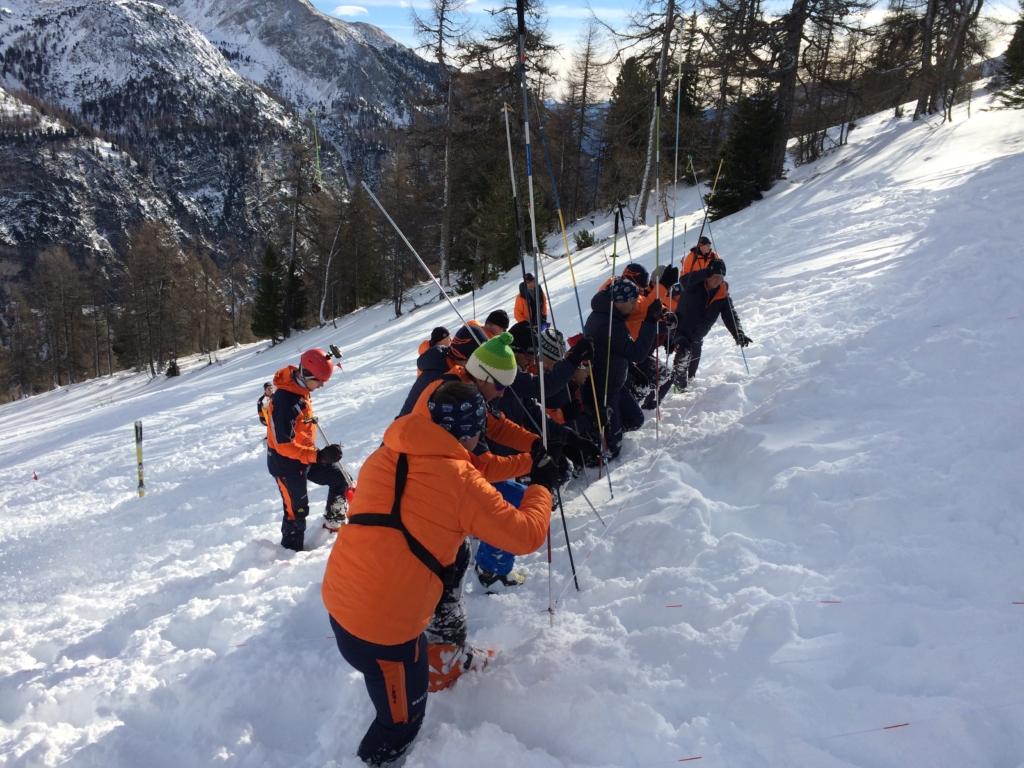
There are also some efforts by the Austrian government to get volunteers one week’s extra vacation or an early old age pension.
M.W: How important is the mountain rescue service to the civic life of the community? Does it host events to which the public are invited? And does being a mountain rescue volunteer confer community respect and what one might call “social capital”?
J.S: Absolutely, a lot of events are hosted by the mountain rescue, for example training for the local community, or work in avalanche commissions. The communities have an obligation to the organization to give them space for their vehicles and a social room for their meetings.
M.W: Since 2009 the television show “Bergretter” has been a popular television series. Could you reflect on the importance of the show or on other representations of the mountain rescue service in popular culture?
J.S:As mountaineering gets more popular every year people also get more interested, especially in the rescuing part. Austria is a mountain region and all kinds of sports are done there. Being a Bergretter is a great honor and lots of people are interested in their exciting work.
M.W: Are there reasons for the mountain rescue service to substantially involve volunteers in addition to cost savings?
J.S: Yes, a lot of money is saved for the Austrian state. Mountain rescue is traditionally a non-profit organization, it always was voluntary. With the money paid for the rescues and also the sponsoring of companies and national and local communities we can offer teaching on a high level and acquire all the equipment for the local organizations.
It would be much more expensive for the whole of Austria if everyone would be paid. Being a member of mountain rescue is of high prestige in my country. Mountain equipment is cheaper for us if we buy it; we receive preference in job applications; etc.
M.W: What role does the mountain rescue service play in providing local communities a sense of self-governance?
J.S: The mountain rescue is guided by the central organization of the districts (for example Salzburg or Innsbruck); administration and education is organized there and equal for all.
This guarantees the same standards for the whole country. There are meetings in Salzburg where everyone comes together to discuss and renew. Every voice is important. For the local community, it is very important to have their own rescue service.
Mountainous Austria has a lot of remote areas, so there are lots of local specialties. As I noted before, for a little town in the mountains it brings prestige to have its own mountain rescue service.
To receive more exclusive content from Ambulance Today directly to your smart phone, join us now on: https://chat.whatsapp.com/AmbulanceToday

The Austrian Mountain Rescue Services (SDMA) employ 12,500 rescuers all of whom are volunteers. Whilst Federal Law in Austria dictates that costs must be paid by the person who was rescued, SDMA have somehow managed to work out an insurance policy of just €28 per year for global coverage in mountain rescue which also covers all family members, life partners and children under 18 living in one household. This covers patients for up to €25,000 with a one week rescue operation easily costing around €20,000. At the time of writing, in 2019 SDMA has saved 641 people and undertaken 703 rescue operations.
Quality content
- Casinos Not On Gamstop
- Casinos Not On Gamstop
- Casino Sites Not On Gamstop
- Non Gamstop Casino
- UK Online Casinos Not On Gamstop
- Casino Sites Not On Gamstop UK
- Casino Sites Not On Gamstop
- Games Not On Gamstop
- Sites Not On Gamstop
- UK Online Casinos Not On Gamstop
- Casino Not On Gamstop
- Slots Not On Gamstop
- Casino Not On Gamstop
- Gambling Not On Gamstop
- Casinos Not On Gamstop
- Non Gamstop Casino
- UK Online Casinos Not On Gamstop
- Casino Sites Not On Gamstop
- Best Betting Sites
- Best UK Online Casinos
- New Horse Racing Betting Sites

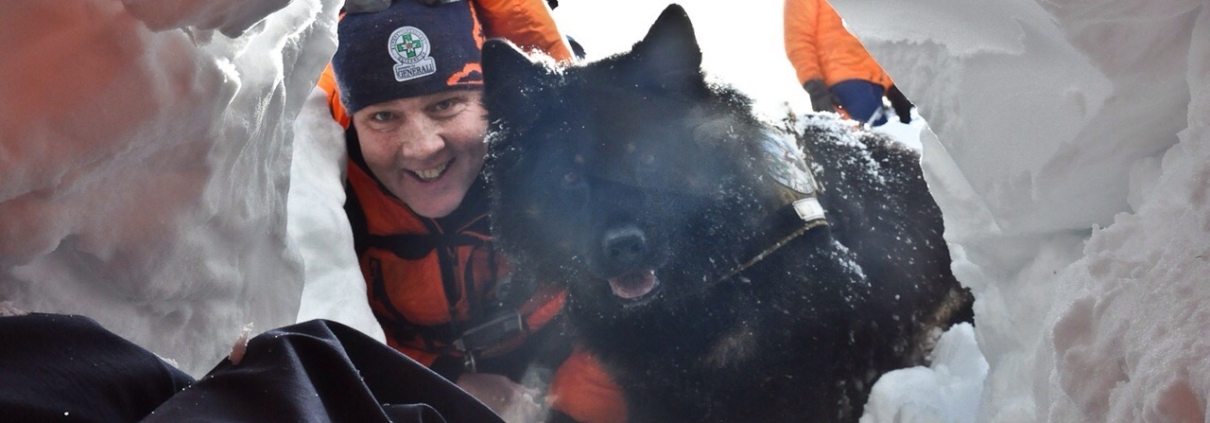
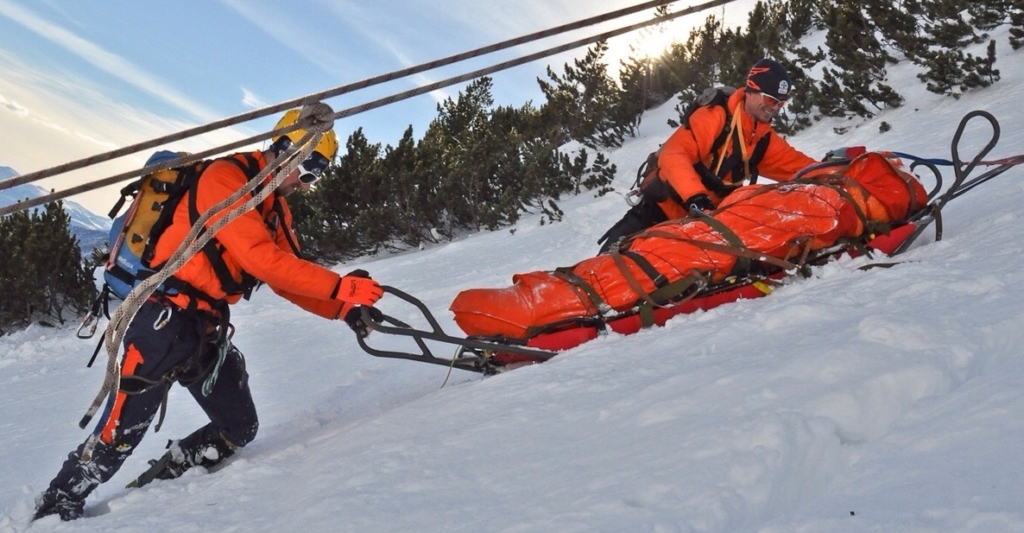
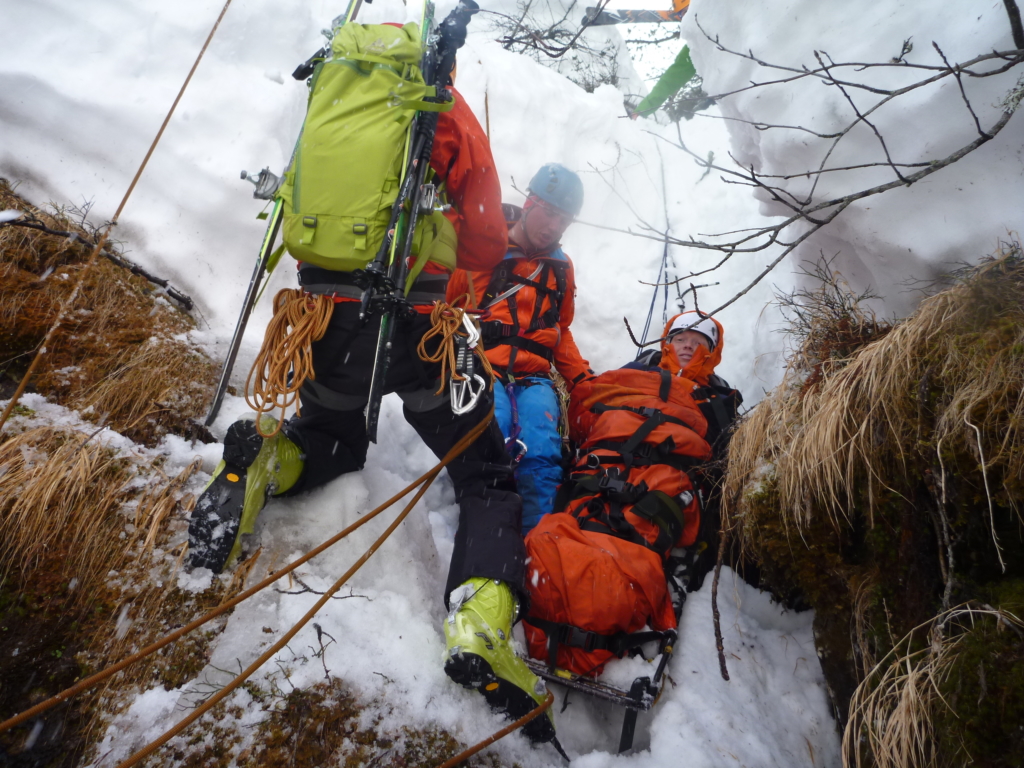
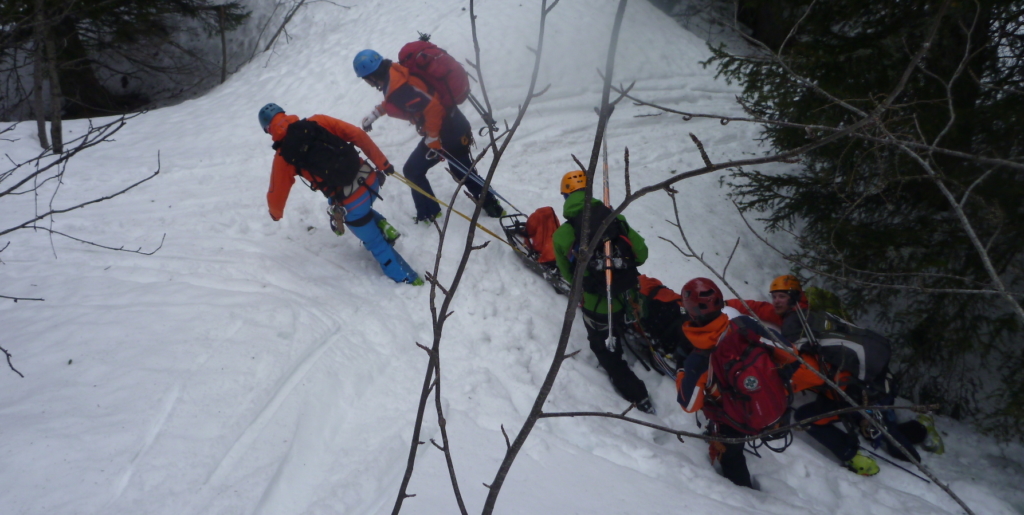

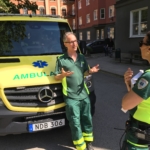
Leave a Reply
Want to join the discussion?Feel free to contribute!